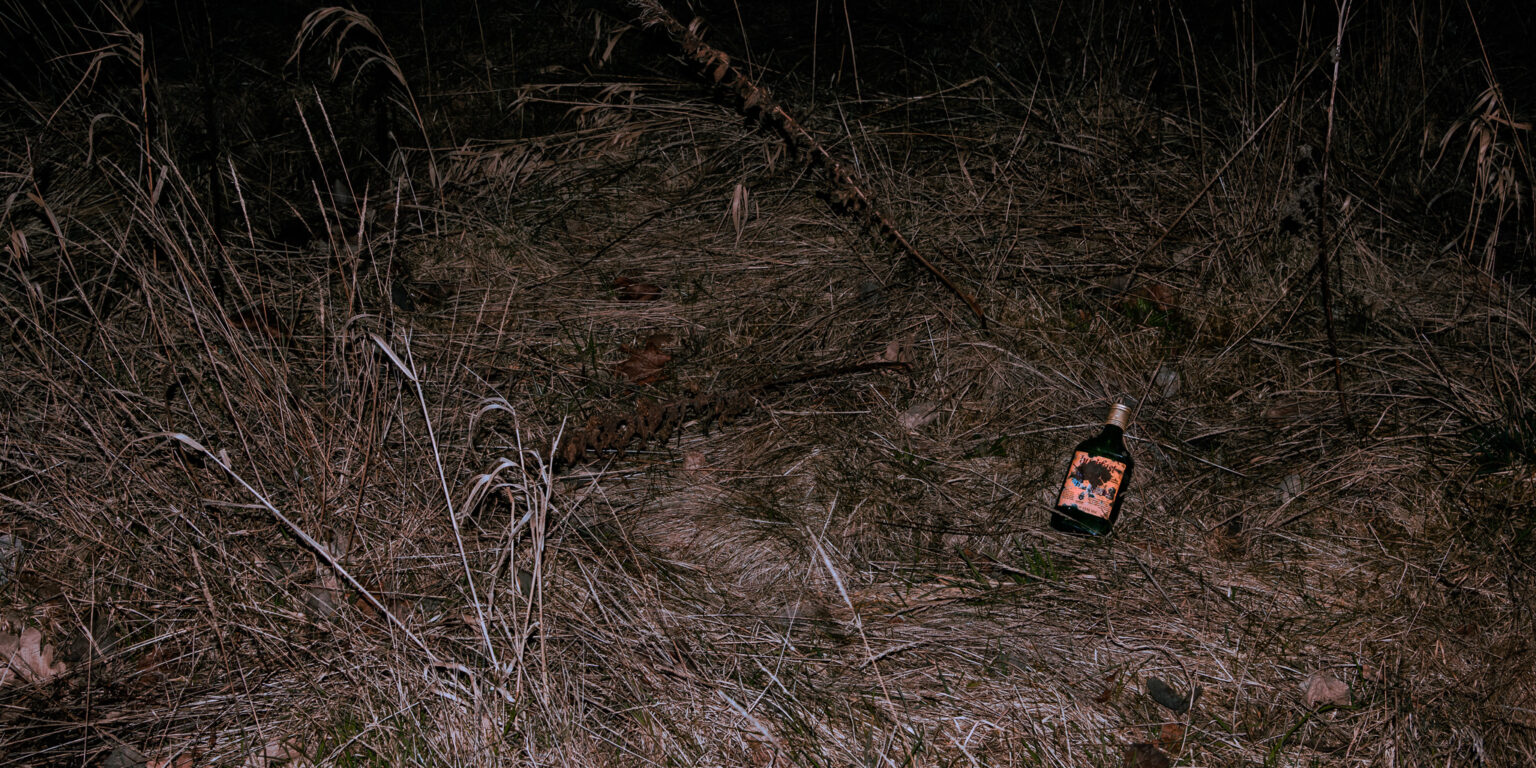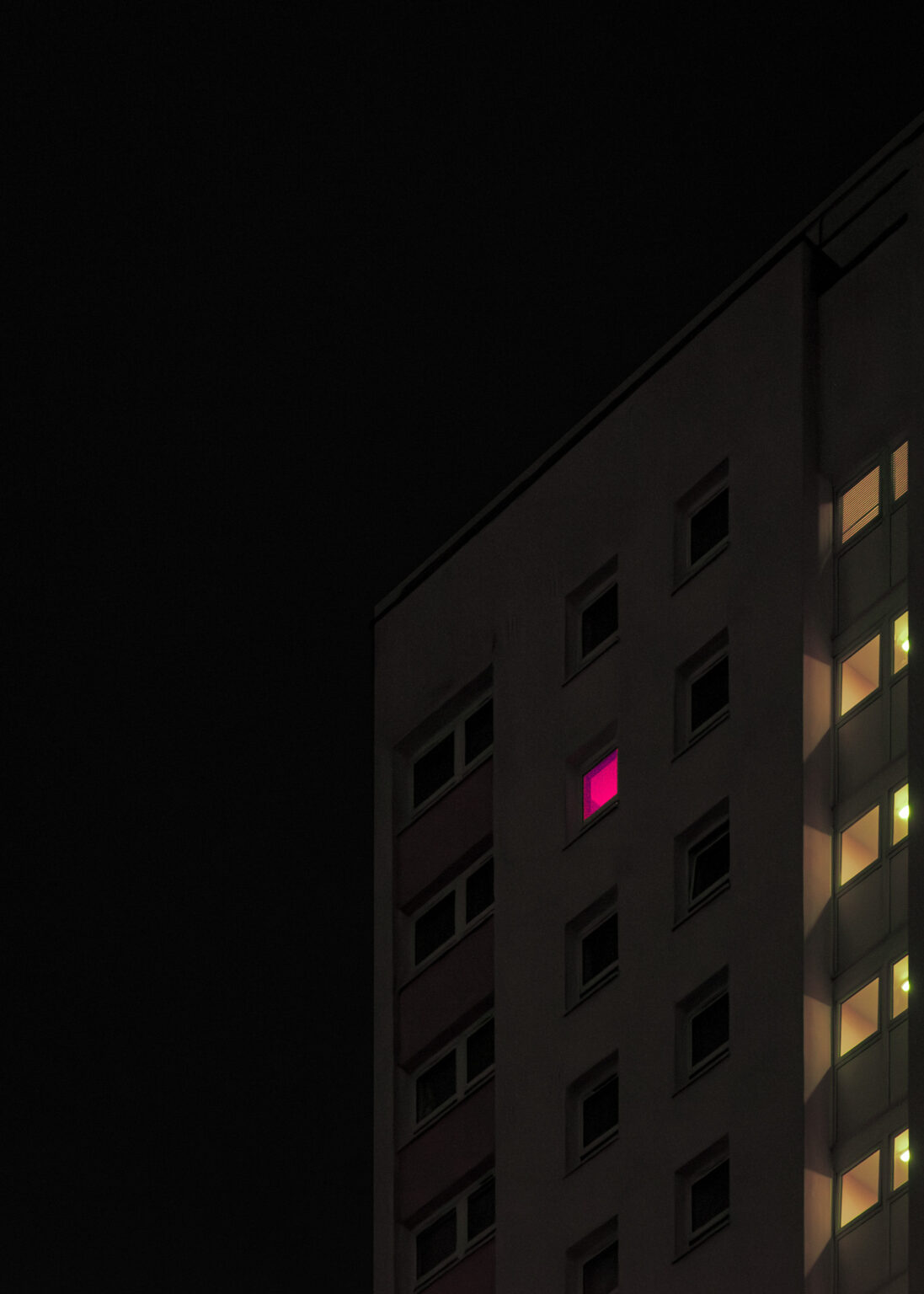Yen-Te Lu

Yen-Te, Lu (b. 1993) is an artist and architect from Tainan, Taiwan. He completed his Master of Architecture degree (M.Arch) at Mackintosh School of Architecture in 2022 and later went on to pursue a Master of Letters in Fine Art Practice (M.Litt) degree at Glasgow School of Art afterward. His photographic subjects are influenced by observations of specific environments and local features from his early architectural studies. Most of them reflect the original documentary style and value of photography. His current practice Phantom Pain presents a contradiction based on urbanism and post-industrialization in the Glasgow region, Scotland.

Phantom Pain
Phantom Pain, also known as Phantom Limb, is a symptom that frequently occurs in amputees. The specific cause of phantom pain has not been conclusively established yet. Neurologist Vilayanur Subramanian Ramachandran has speculated in several experiments with amputees that the cause of phantom pain may be that the sensory areas in the patient’s brain that corresponded to each trunk not only did not disappear after the loss of the limb but were occupied and replaced by other limbs that still existed. This may cause the patient to indirectly contact those sensory areas when performing a particular gesture or action in their lives, giving them the illusion that the amputated limbs are still on their bodies.
I use Phantom Pain, an ambiguous but real condition, as a metaphor that can be analogized to reveal the social context of post-industrial Glasgow, deconstructing and documenting the conflicts and contradictions of time and environment.
I grasped the appropriateness as well as the extension and value of some of the subjects I was working on, and was always thinking about the final presentation of the work, and what Phantom Pain ultimately presents is indeed a departure from the norm, a definition of physical pain or a psychological state of reflective sadness. It succeeds in capturing certain symbols within the urban and contemporary framework, and reveals the myths of Glasgow through particular perspectives and metaphors.
It is a journey, a covenant and an understanding between an outsider and the city. In contrast to past examinations of methodology and urban history, this final product is confronted with the need for a more methodical approach to the city’s history. The final product, facing myself, is clearly reflected in the way I present my photographs. The high contrast and the diffusion effect through the Vaseline soften the highlights and lowlights which should be quite aggressive. It’s like a low tech product of the last century, but also like a dream with grains and noise.
I see it as a 90’s born response to the millennial phenomenon and the information explosion of the last 30 years. People always understand this, but they lack the conditions to criticize or change it. Life is short and long, so ultimately one chooses to live in the moment, letting the uncomfortable and contradictory parts of oneself hurt. So in this work, there is no right or wrong, no judgment, no beauty or ugliness.
Eventually, when you look at the slogan, “People Make Glasgow”, which is widely distributed in the city, you realize that the ideal social model and paradigm never existed, and you realize the multiple meanings of the slogan, wise and contradictory. Beautiful but sad.

































